Sunnto 7 Sensor Support
-
@Brad_Olwin you just go to say the strava app and enable health sharing. Then Apple asks what you what strava to be able to access and boom you’re done. Everything else happens in the background after that.
-
@aeroild I’ll add something interesting: 30% battery usage is the same I got when I tested to run (with the use of the internal HR sensor) and at the same time streaming offline Spotify from the phone to my earbuds.
-
@brotzfrog10 you are correct. The price to pay in higher battery consumption would be probably large though.
-
@isazi I think that goes back to making it the users choice. Clearly no one buys a WearOs device for the insanely long battery life lol. I think the idea of juicing it up once a day is something most fitness minded people won’t have an issue with. Especially to get accurate heart rate data. In my experience the Phillip branded sensor in the 7 hasn’t been as accurate as the Vallencell in the 5 and no where near as accurate as a Bluetooth strap or my Apple Watch 6. A recent hiit workout had my 7 showing an average heart rate for the season of almost 30 beats l less then the h10 and about 24 Less then my Apple Watch. Now lots of wrist flexion was involved which murders wrist sensors but the Apple kept up fairly well. With not having another option on the 7 a users basically forced to live with the bad data. Also for those who have maybe used sportygo I personally think the information screens suck. Maybe I need more time playing with it but I find it even less user friend or then apples built in workout screens. Suunto just makes the best data fields in my opinion.
-
@brotzfrog10 said in Sunnto 7 Sensor Support:
I think that goes back to making it the users choice. Clearly no one buys a WearOs device for the insanely long battery life lol. I think the idea of juicing it up once a day is something most fitness minded people won’t have an issue with. Especially to get accurate heart rate data. In my experience the Phillip branded sensor in the 7 hasn’t been as accurate as the Vallencell in the 5 and no where near as accurate as a Bluetooth strap or my Apple Watch 6. A recent hiit workout had my 7 showing an average heart rate for the season of almost 30 beats l less then the h10 and about 24 Less then my Apple Watch. Now lots of wrist flexion was involved which murders wrist sensors but the Apple kept up fairly well. With not having another option on the 7 a users basically forced to live with the bad data. Also for those who have maybe used sportygo I personally think the information screens suck. Maybe I need more time playing with it but I find it even less user friend or then apples built in workout screens. Suunto just makes the best data fields in my opinion.
Try doing some weightlifting with Suunto 7… you get HR readings which, if they weren’t sad, would be funny… I mostly get 80-100 beats while the real numbers are 120-170… it’s only good for leg workouts, those numbers are very close
-
@aeroild said in Sunnto 7 Sensor Support:
Sensor support is not only a nice feature but a necessity when doing winter sports. So for now I am back with my Spartan Sport, which also has sleep tracking. But during daytime I do prefer my Suunto 7 because of the great integration with my Android phone. So please Suunto, listen to us, the users.
(I have also noticed in facebook groups that several people who use their Suunto 7 in different indoor training are wanting external HR sensor support).
I too join the request for external sensors, in Italy in the Alps in winter the optical sensor on the wrist is completely unusable … As someone has already said in other posts, adding more functions can only bring new customers without letting them escape the old ones!
-
@Metalmi I did that as well just to see (regular weightlifting), and your right it was bad. Hovered around 90 most of the time. Now again to be fair movements with wrist flexion are tough on any wrist sensor as I mentioned so I’m not trying to throw Suunto under the bus here. It’s clear though the Phillip sensor isn’t as good as the previous sensor. Which again though is completely mitigated by allowing sensor support in the Suunto app.
As a side note I find it somewhat amusing when people say something about their watch showing good enough heart rate readings from the wrist for them. My fiancé used to say the same thing until I had her wear my H10 and OH1+ The data collected from those sensors completely changed her mind about what accurate heart rate data looks like. Now she won’t workout without one of those options on.
-
@Luca-Bellardo well said!
-
@brotzfrog10 said in Sunnto 7 Sensor Support:
As a side note I find it somewhat amusing when people say something about their watch showing good enough heart rate readings from the wrist for them. My fiancé used to say the same thing until I had her wear my H10 and OH1+ The data collected from those sensors completely changed her mind about what accurate heart rate data looks like. Now she won’t workout without one of those options on.
So you are the only one that knows the truth, oh master?
-
@isazi No and I don’t appreciate your aggressive tone. If my remark agitated you I apologize but I was simply pointing out that No matter how good a wrist sensor might be it still doesn’t match the accuracy of a chest strap or an armband heart rate monitor. Also I was using the antidote of my fiancé’s story to show that even when someone thinks a wrist based sensor is good enough that often ends up not being the case when compared to an external sensor.
-
@brotzfrog10 no, you are always saying that you know the truth, without ever presenting any evidence of course, and that people should listen to you.

-
@brotzfrog10 said in Sunnto 7 Sensor Support:
No matter how good a wrist sensor might be it still doesn’t match the accuracy of a chest strap or an armband heart rate monitor.
I disagree. There are many wrist based optical sensors that can, and do, work very well. The main issues with optical sensors are how you wear them (tight enough), how hairy you are, colour of your skin, tattoos, scars, etc.
When I got my S7 I was looking for a way to take out as little gear as possible, as at the time I was using a watch, my phone, and a chest HR strap.
So I ran the S7 and the Wahoo TickrX in parallel to comare the HR.
I’ll keep it short by saying the S7 matched the TickrX almost 100%.
The variables mentioned above mean different people may get different results, but you simply cannot say that all wrist HR sensors are poor.I do however agree that chest HR sensors should be supported, but only so that the user has choice with how they use the S7, not because the S7 is inferior.
-
@brotzfrog10 optical sensors in wrist are so different to one to another people… In my case sometimes doesn’t work well I change to the other arm and works perfectly.
Clearly is not as accurate to a chest strap but for intervals people use pace or watts not pulse, so the lag is not a problem. And for long or easy runs works perfectly.
For weightlifting I prefer don’t use a watch somedays so I use a strap, chest or arm.
-
Today I tested the Suunto 7 with the external heart rate belt Polar OH1 during a fatbike tour.
The app for recording the activity was Ghostracer.
Here the setup:
-
S7 settings:AOD (always on display)
-
S7 connected via Bluetooth to the phone
-
S7 wifi enabled
-
Ghostracer settings: Display ambient, GPS 1 second, auto stop enabled, wrist heart rate disabled, barometer enabled and calibrated to the start altitude, other sensors disabled, 8 fields on the screen, see attached images
-
Duration of the activity: 3:13 h
-
Moving time: 2:53 h
-
Distance: 39, 73 km
-
Elevation gain: 807 m
-
Start and end altitude: 374 m
-
During auto stop display is on, heart rate is syncing
-
Battery usage: 97 to 50 percent = 47 percent = 14,6 percent per hour
-
Temperature: -3 °C, the S7 was mounted on the handle bar, no warm up through the wrist, all the time in the cold wind, barometer not affected
-
S7 ascent is accurate, difference to Strava correction 1 m!
-
I used the Casio WSD-F21HR on my wrist, the most accurate watch concerning ascent, no difference to my SSU and today 1 m difference to the S7!
-
The Casio WSD-F21HR used 42 percent of the battery {340 mAh vs 450 mAh S7), but the app used the e-ink display during the activity and the readability is far better than the ambient mode of the S7.
-
My result: it’s no problem to use external sensors, if the Suunto wear app would accept this option, because the AOD could be disabled and the display would be used by the Suunto wear app and the 3100 coprocessor. Today’s temperature was not the best for wearables and their tiny batteries. In warmer times the results will be better.
I have no doubt that adding the option to use external sensors together with the Suunto wear app and the Suunto hardware would be a game changer!

P. S.: I use the Strava results, because during the import of the Ghostracer activity into the Suunto app the ascent will not be displayed.
Ghostracer settings
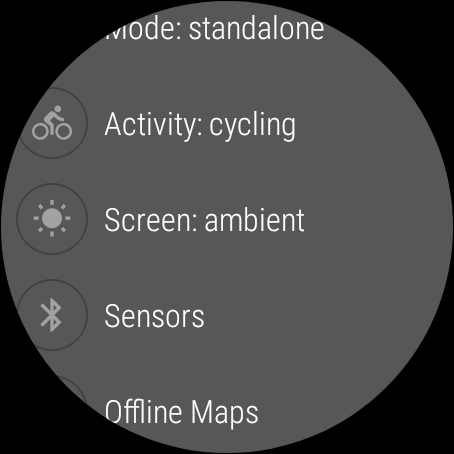
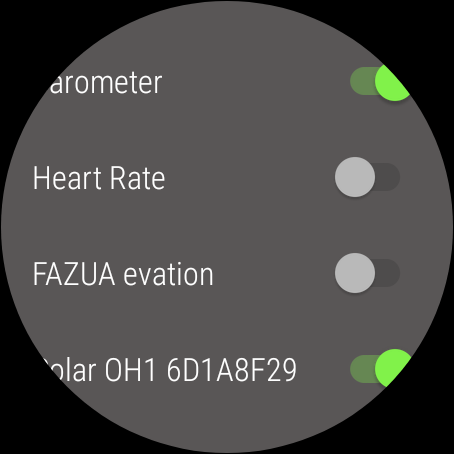
377 m is in the house, 374 m (start and end altitude) in the garage
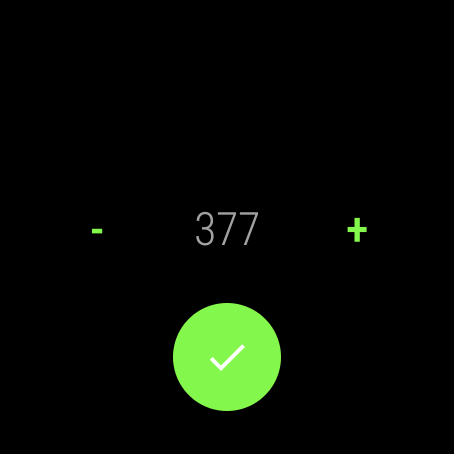
Ghostracer display (ascent / altitude, speed / duration, heart rate / distance, average heart rate / battery)
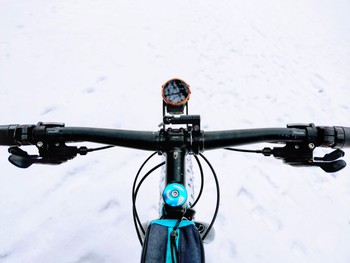
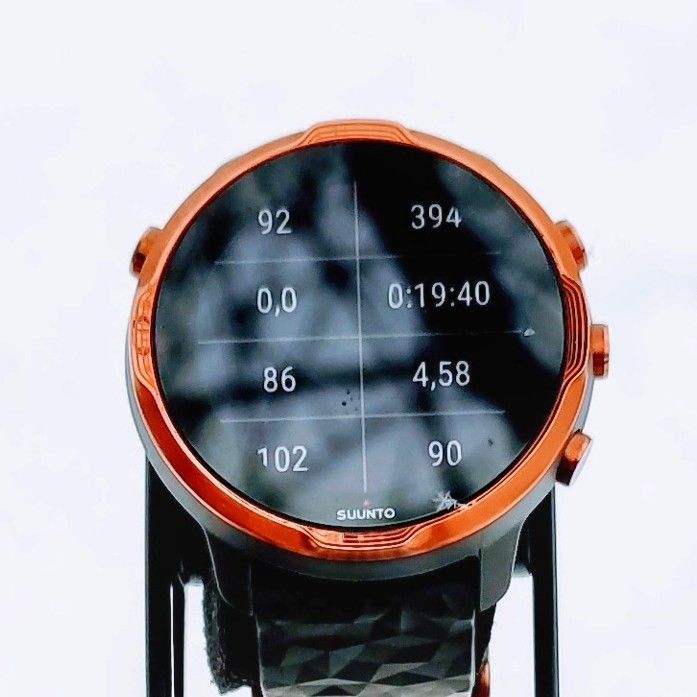
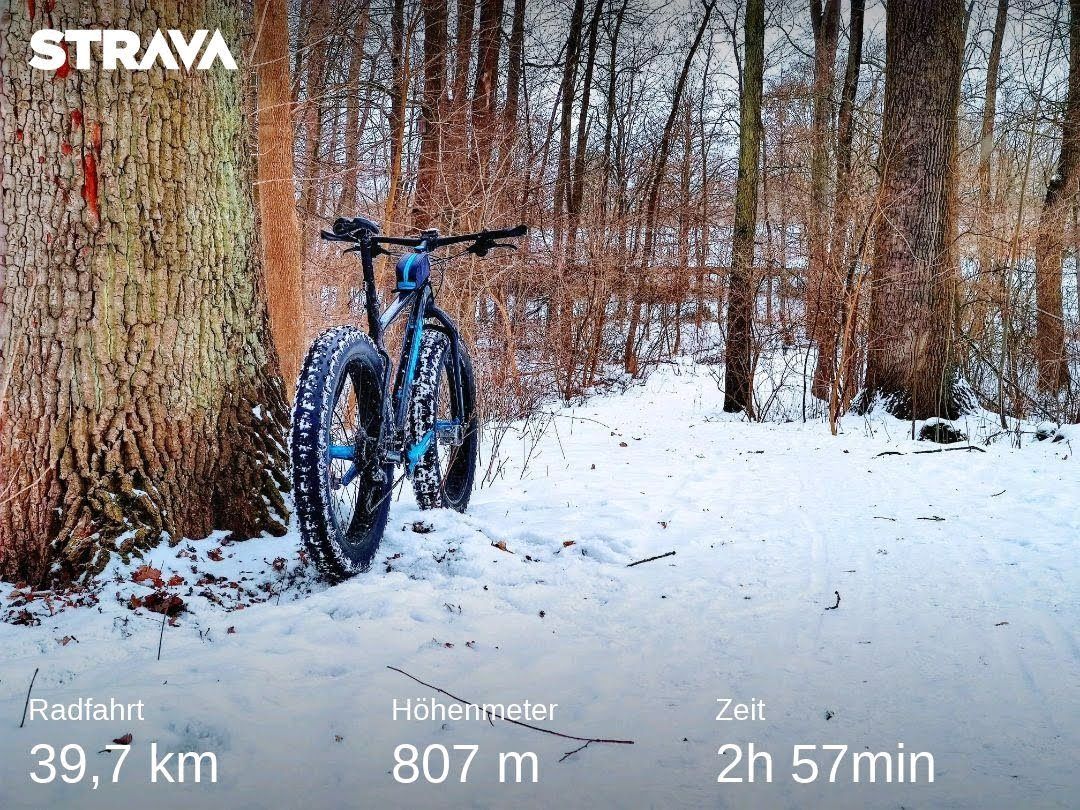
-
-
@pilleus cool!
-
@pilleus Thank you so much for doing this test.
Looks to me that an external HR sensor is more than feasible as far as battery life is concerned.
Please Suunto, please please please add this functionality. (Did I say please?)
-
@brotzfrog10 I disagree about wrist HR and strap. I have used my Suunto Spartan Sport WHR with my Polar OH1 connected and compared it to my Suunto 7. The readings looked the same. If this amuses you, then I’m glad to have amused you.
-
@isazi Can you give an example? If you’d like me to pull
up data on armband and chest strap heart rate sensors I’ll be happy to attach it to my reply? I just assume with a forum dedicated to a sports watch company that wouldn’t be a point I would need to watch paste such data to as we would all be on agreement with that. As for the price drop part I did present evidence to back up my opinion (other WearOs devices not lowering their MSRP and other brands in the sport tech market not doing it either even with release dates before the sunnto 7. You may not agree with my opinion and that’s fine but I’ve certainly given examples to support my opinion. -
@aeroild I’m glad you had a positive experience with your activity. What activity were you doing though? As I mentioned in my posts wrist flexion based movements are very tough for wrist heart rate sensors as are high intensity intervals which are the two scenarios which I touched on in my previous posts and are the two scenarios in which having the option to connect to a separate sensor would be extremely useful in my opinion.
-
@brotzfrog10 I totally agree that we need support for external sensors. My point was that things aren’t as black and white as you made them out to be.